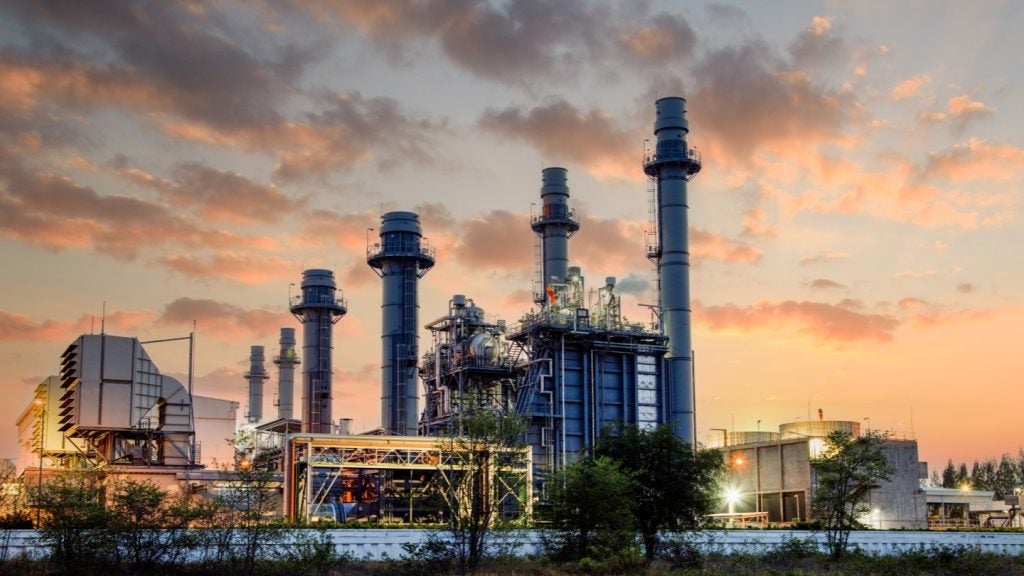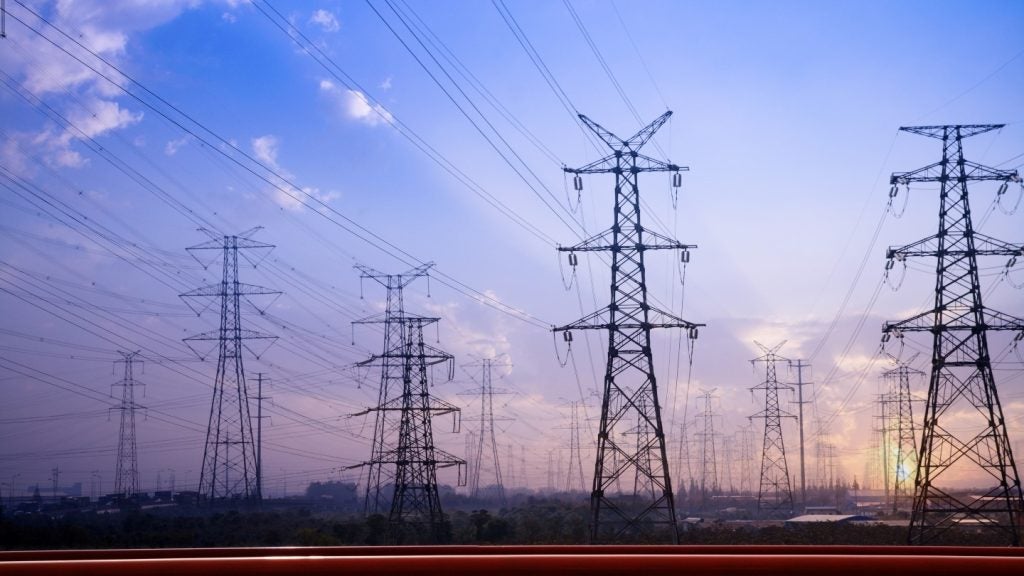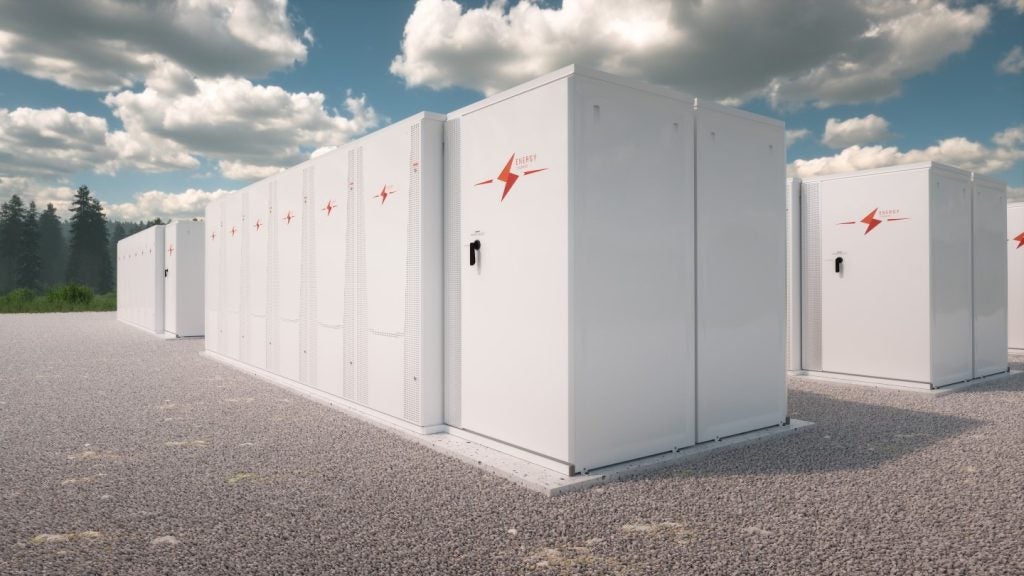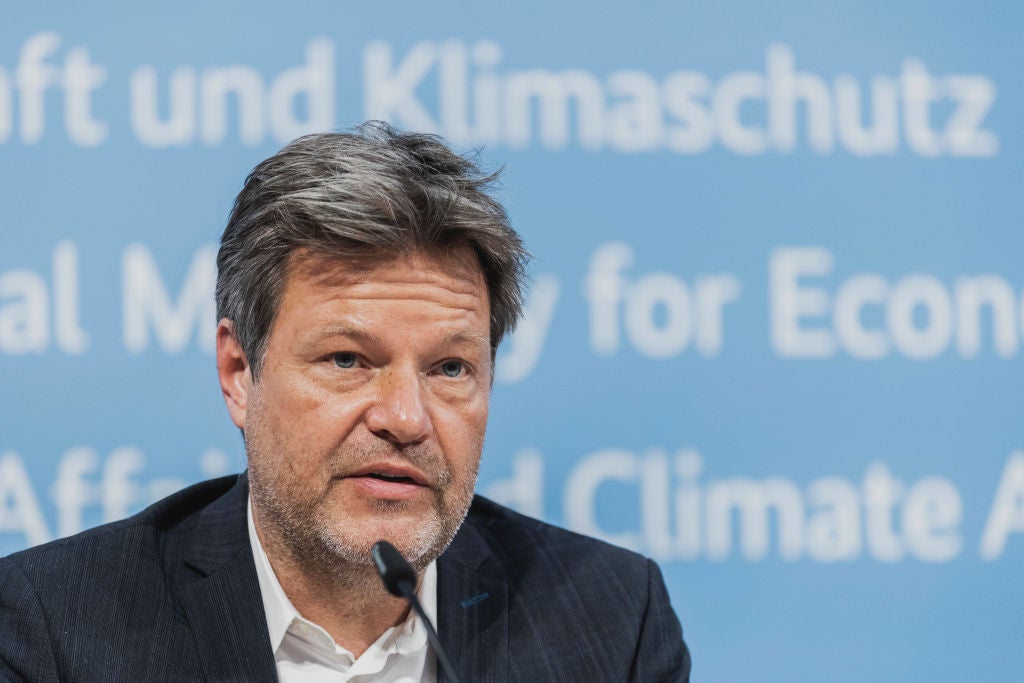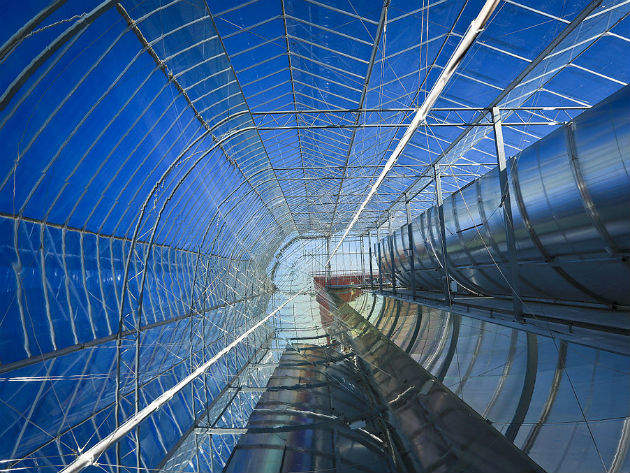
In 2015, the Royal Society announced that as part of the Africa Capacity Building Initiative funded by the Department for International Development (DFID), ten programme grants would be awarded to research consortia consisting of UK-based laboratories working in collaboration with sub-Saharan African universities on projects focusing on water and sanitation, renewable energy and soil. A project led by Dr Christos Markides at Imperial College’s Department of Chemical Engineering was successfully chosen in the second round of this scheme, for its research into concentrated solarpower (CSP).
Solar energy is most commonly captured using photovoltaic panels, already a common domestic sight. Large-scale CSP, however, takes this to another level using entire solar fields to capture large quantities of solar energy and concentrate it in order to power a thermodynamic power plant.
Collaborating with the University of Pretoria in South Africa, the University of Lagos in Nigeria and the University of Mauritius, the project aims to develop a new kind of CSP known as ‘direct steam generation’ CSP. Work began in early 2016, following a long-standing relationship between Imperial and Professor Josua Meyer from the University of Pretoria.
The grant has a total value of a little over £1m and covers research for five years, at the end of which the teams hope to present a viable model for direct steam generation CSP, confirmed by detailed experimental measurements. The project will also help to build the capacities and research capabilities of the African partners
What is concentrated solarpower?
As Markides explains: “Typically, most CSP plants feature solar fields that have very long lengths of reflecting mirrors which look like parabolas. These mirrors concentrate sunlight onto a pipe at the focal lines of these parabolic mirrors thus heating a suitable fluid which is being circulated.”
How well do you really know your competitors?
Access the most comprehensive Company Profiles on the market, powered by GlobalData. Save hours of research. Gain competitive edge.

Thank you!
Your download email will arrive shortly
Not ready to buy yet? Download a free sample
We are confident about the unique quality of our Company Profiles. However, we want you to make the most beneficial decision for your business, so we offer a free sample that you can download by submitting the below form
By GlobalDataSee Also:
Other CSP systems such as ‘power towers’ use computer controlled mirrors called heliostats for maximum efficiency, as opposed to the parabolic troughs.
So far, commercial CSP has almost exclusively relied on a suitable heat transfer fluids to create steam from the concentrated solar energy. “A CSP power plant operates based on a steam cycle, as in conventional coal or nuclear power plants,” says Markides. “It is exactly the same principle only the thermal energy required to generate the steam that undertakes the thermodynamic power cycle is taken from the heat transfer fluid that is circulated and heated through the solar collectors.”
This liquid must be able to withstand immense temperatures, narrowing the available options. Most CSP relies on either thermal oils that can reach temperatures of up to 400°C, or molten salts if higher temperatures are required. Already the US alone has 1,800 MW of transfer fluid-based CSP plants installed, with plans to build more.
In 2018, the largest CSP plant in the world will open in Morocco and will power over a million homes. The Noor Complex is costing $2.2bn but will save 760,000t of carbon a year. It relies on salt as a heat transfer fluid, to reach 400°C, and has the capacity to store heat so efficiently that the power plant can remain active for three hours after the sun has set.
Direct steam generation
Imperials new collaborative project however, is setting out to change how CSP is done, by removing the heat transfer fluid and instead using the solar energy to generate the steam directly. “Rather than having this middle man, we are proposing to take the condensed water from the cooling towers of the power station and to evaporate this directly inside the solar field in order to generate the steam that is needed by the power station,” explains Markides. “This is called direct steam generation, and is at the heart of our proposal. We want to understand and to be in a position to design systems that send water straight into parabolic tough solar fields aiming to generate steam.”
The key benefits of direct steam generation CSP are reduced cost and increased efficiency. “From a thermodynamic perspective this is advantageous because the presence of the intermediary fluid currently leads to a temperature drop between the solar field and the power plant,” explains Markides. If the steam was generated directly inside the solar field, this drop would no longer occur, allowing for higher temperatures to be maintained and, therefore, more efficient generation.
But moving away from using conventional heat transfer fluids also has challenges. An intermediary fluid allows a degree of flexibility, and enables a greater level of control. “The flow rate of the intermediary fluid can be varied,” says Markides. “This means that you have an extra degree of freedom with which to control the operation of the plant. This is useful especially when the solar conditions are varying.” One such benefit is that the transfer fuel can mitigate the impact of variable weather, to some extent.
Powering energy research in Africa
This collaboration is broader than simply research; as the grant’s title suggests, the secondary focus is on building CSP capacity in Africa. Within the UK there are many research systems in place that Markides believes are often taken for granted, and the absence of such systems is holding back many teams in African universities. The Royal Society-DFID Africa Capacity Building Initiative aims to help strengthen research capacity through funding and training.
“One clear example is our partner in Lagos who doesn't have a continuous electricity supply, and it's very difficult for people to work effectively when at random intervals the power network shuts down and there's a blackout,” says Markides. “This is something we take for granted in the UK. We can run simulations for days or weeks and rest assured that we can check our results when these have been completed. In Lagos that's just not possible, so we needed to find solutions.”
This is one of the issues the initiative hopes to tackle, and a plan is already in place. “The solution in the example I just mentioned involved purchasing an electricity generator for the Lagos team which, once installed, will kick in whenever there's a power failure. This is important in allowing them to ensure that they can run their computer simulations over prolonged times.”
Training the next generation
The ability to collaborate and train PhD students in key areas of research, such as renewable energy, is also at the core of the initiative. Each of the ten projects which received the grant has three PhD students whose training is funded by the project. As Markides says, “This is a chance for us to establish laboratories, to collaborate but also to help younger academics, scientists and engineers to establish themselves and build capability within Africa.”
Markides believes this research and collaboration will have wider benefits still, given Africa’s huge solar potential. “There is a significant solar resource in this continent. There is also a large and rapidly growing population, and there are problems to overcome. Delivering power to people in growing economies is important to help lift them out of poverty and promote development.”
Currently, more than 600 million people in sub-Saharan Africa lack electricity, and whilst 60% of those in urban areas have access to electricity in their homes, only 14% do so in rural areas. Solarpower not only provides an environmentally friendly and sustainable source of energy but also brings hope of infrastructural expansion, jobs and security.
“My hope is that during the course of this project we will advance the capabilities of our African partners, supporting them with the infrastructure, knowledge and people necessary to deliver international-quality research that will serve them well after the project’s completion,” Markides says. “I hope that after our PhD students graduate they will make their own contributions in driving these economies forward.”




